
Ukrainian defenders eliminated the occupiers at the railway station, in several other locations and on the approaches to the city. In two days, the fighters destroyed 14 invaders who tried to enter Pokrovsk from different directions. The Russians violated international humanitarian law by shooting civilians near the railway station. Enemies were detected and destroyed by a joint strike and search group of the Defense Forces.
The defense of Pokrovsk has been strengthened by additional forces, the city is actively patrolled, and special teams check potential enemy penetration points. In the press service of the 7th corps of the State Security Service, civilians are asked to limit movement in the city. The situation remains tense, the enemy is trying to expand the "gray zone" around Pokrovsk by intensifying the shelling with anti-aircraft guns.
From October 13 to 19, the Russians dropped 372 aerial bombs against 220 a week earlier. Blogger and volunteer Serhiy Sternenko says that Pokrovsk is under fire control of the Russian army. "The enemy is already in Pokrovsk on an almost permanent basis. But the most difficult thing is not this, but the lack of logistics. All entrances to the city are under fire control of the enemy. Evacuation or movement of transport is almost impossible.
There is also an eternal problem of coordination and interaction, as well as an objective assessment of the situation," Sternenko notes. According to Oleksandr Kovalenko, a military-political observer of the "Information Resistance" group, the situation in the Pokrovsk region remains tense, but is under the control of the defense forces. Russian troops are actively trying to advance into the city, using several lines of attack.
One of the key routes is through the villages of Zvirove and Leontovichi, formerly known as May 1, where the enemy is moving along Sazonova, Zotov and Pryvolnaya streets. This path corresponds to the T-05-15 route leading to Pokrovsk. To cover the offensive, the Russians use natural and artificial shelters, in particular, the central cemetery, ponds #2 and #3, the Sazonov beam and the park area located on both sides of the highway.
Through these positions, they are trying to get to Zahysnykiv Ukrainy Street, which is part of the M-30 highway. "At the same time, the enemy is advancing through Zelenivka, in particular through the Lazurny microdistrict, using Yuvileyna Street. In this area, the Russians are trying to seize important facilities, such as schools #1 and #9, as well as kindergartens, in particular "Lastivka" and "Rosinka".
These buildings are of strategic importance, since large complexes are traditionally used by Russian troops for the accumulation of forces, the placement of equipment and personnel. Thus, the Lazurny, Sonyachny, Shakhtarsky and Pivdenny microdistricts are priority targets for the enemy, as control over them opens the way for advancing deep into Pokrovsk," Kovalenko tells Focus.
The expert claims that the main direction of the Russian offensive is the southern outskirts of the city, where they are trying to gain a foothold. The capture of these areas will allow them to conduct combat operations in urban conditions, which is their strategic goal for the winter period. Urban combat gives the enemy an advantage because it allows them to use cover and make maneuvering difficult for the defense forces.
Even a partial entrenchment on the southern outskirts of Pokrovsk would be a significant achievement for the Russians, as it would provide a springboard for further action in the winter. "For the offensive, the enemy mainly uses infantry groups of 3-4 people, although from time to time it involves mechanized units with equipment. However, the main emphasis is placed on infantry attacks, which allows avoiding large losses of equipment in conditions of active use of drones.
The defense forces, in their turn, hold their positions, but it has not yet been possible to stop or significantly slow down the enemy's advance," the expert adds. Drones, which dominate the battlefield, play a significant role in combat operations. Russian FPV drones are actively used to destroy logistics routes, in particular the M-30 highway, the roads in Grishina, Grushinka and Dobropill.
The front in the Pokrovska region is about 15 kilometers wide, while drones can operate at a distance of 20-30 kilometers, which allows the enemy to exert a constant fire influence on the logistics of the defense forces. In addition to drones, the Russians use artillery wherever possible, although its effectiveness is limited.
To counter drones, defense forces install protective nets along roads, but these measures are not always effective, as the enemy compensates for drone restrictions with artillery strikes. "The concept of "surrounding fire" in military science does not yet exist, but Russian troops actively use fire control tactics with the help of drones, which creates significant difficulties for the defense forces.
This approach allows the enemy to hinder the logistics and maneuvers of Ukrainian units, making it difficult to supply and move," Kovalenko emphasizes. Journalist and military expert Denys Popovych adds that the situation in Pokrovsk remains difficult, but not critical. According to the DeepState map, Russian troops are advancing from the Zvirovo area, creating a narrow corridor through which small infantry groups, often called DRGs, infiltrate the city.
These groups are trying to gain a foothold, accumulate strength and advance to the central regions of Pokrovsk. "This does not mean that Pokrovsk will fall tomorrow, the day after tomorrow or in a month, but if that "corridor" is not cut off, the situation will gradually become worse, because the infantry will constantly arrive, no matter how they cut it there," the expert tells Focus.
According to Kovalenko, in the near future, the Russians will probably continue their attempts to gain a foothold in the southern regions of Pokrovsk, in order to transfer hostilities to an urban format for the winter period. This will allow them to wait out the cold season, using the city's infrastructure to shelter and accumulate strength. With the arrival of spring 2026, we can expect an intensification of offensive actions aimed at establishing full control over the city.
Such a strategy corresponds to the current goals of the Russian command, which considers Pokrovsk as a key object for further advancement. "Despite the difficult situation, the defense forces continue to maintain control over key positions. However, completely stopping the enemy remains a challenge due to the intensity of attacks and the enemy's use of modern technologies, in particular drones.
For effective countermeasures, it is necessary to strengthen logistics, improve countermeasures against drones, and strengthen defensive positions in urban conditions," the expert concludes. Denys Popovych claims that in order to stabilize the situation, the Defense Forces of Ukraine need to cut off the supply route of enemy groups, otherwise their activity in the city will increase.
Defense forces are trying to contain the advance, but the key task is to eliminate this corridor to stop infiltration and prevent further enemy advance deep into Pokrovsk. It will be recalled that Russia did not succeed in the summer offensive of 2025, as it was unable to capture Pokrovsk and Kostiantynivka in the fall. The enemy advanced several hundred meters, in some places occupied Ukrainian fortifications, and in some places broke forward, but was surrounded.


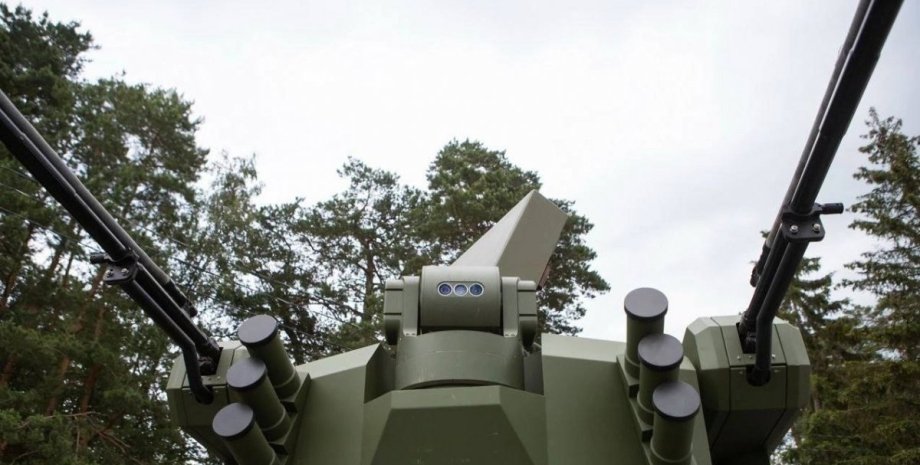
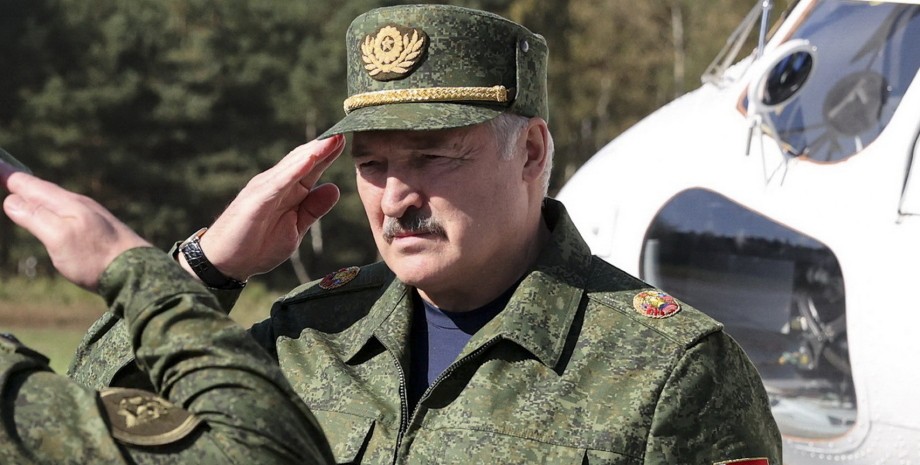
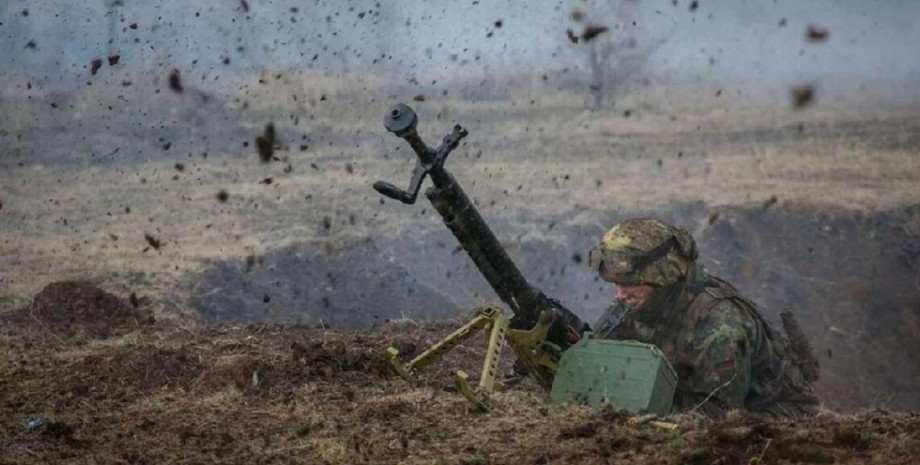

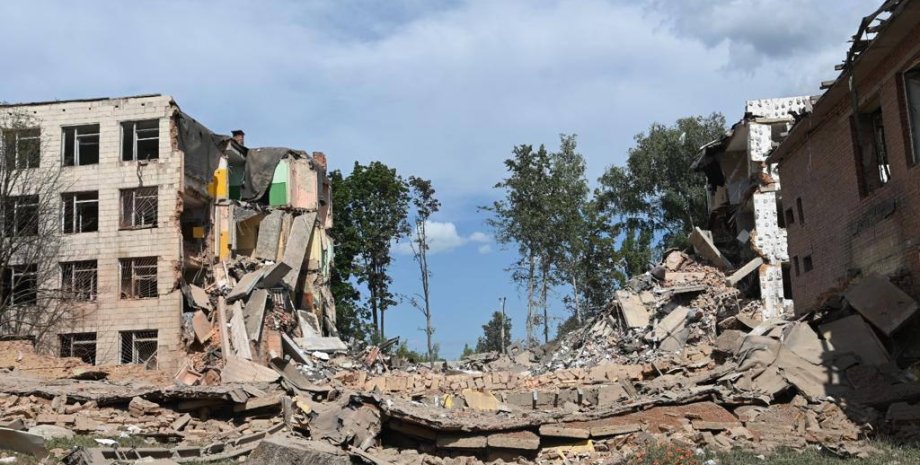
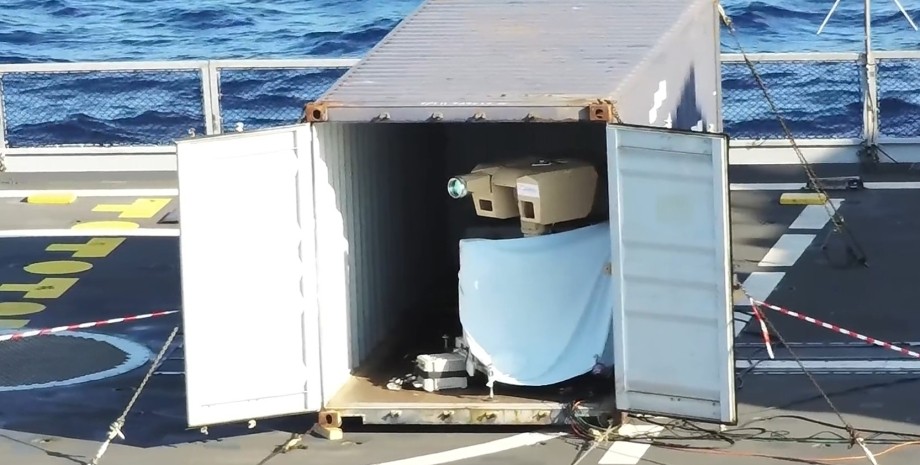
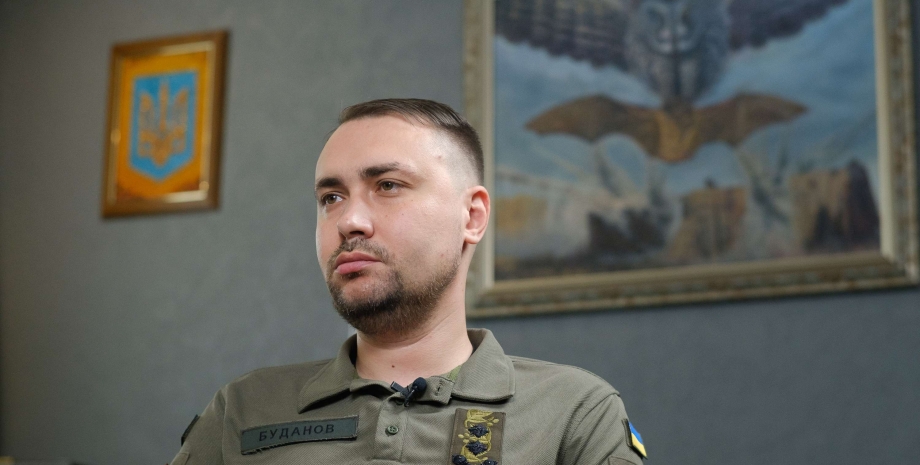
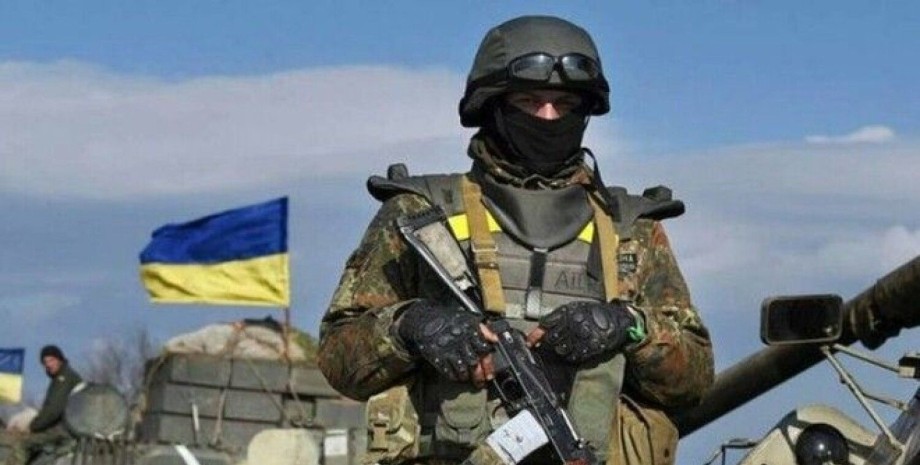
All rights reserved IN-Ukraine.info - 2022